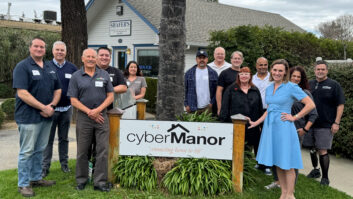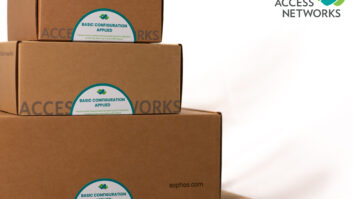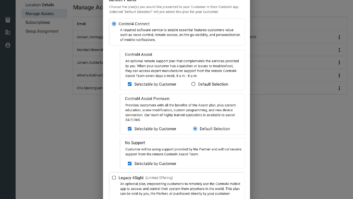One of the most common questions we hear from home technology professionals is whether or not they should include bundled services as part of their service plan offerings. Typically marketed as “free” blocks of labor or preventative maintenance visits that come included with a plan, these bundled services are often an attempt to boost the perceived value of the service plan. But in the drive to make your service plan a clear win for your client, don’t forget to answer this critical question: does the service plan provide a benefit to your company?

Image: Thinkstock
For a service plan to be good for your company, it must first and foremost generate positive and predictable cash flow. What is cash flow? Here’s a quick example: You just signed a new project in January, but before you install the system, you have to buy the hardware, which means cash is leaving your business. You know that in February you’ll be paid for the hardware, so once you invoice for the project and your client pays for it, you’ll be profitable on it. But, in the meantime, you’ve lost valuable cash that could have been used for other things (like payroll, etc). The overall project was profitable, but in January your cash flow was negative. Taking deposits can help mitigate this issue by making sure you always have your client’s cash in hand prior to purchasing hardware.
Some simple math will reveal that the inclusion of bundled services can have a negative impact on your cash flow. Let’s say, for example, that you sell a $100 per month service plan, with a 12-month term, and include 10 hours of bundled services as part of that plan. Over the 12-month term, that plan will generate $1,200 (12 x $100). This means that, at best, your bundled service labor rate is $120 an hour ($1,200/10). It will be profitable if that’s a profitable hourly rate for your business. But what if your clients, on average, use all 10 hours in the first three months? Now you’ve only received $300, but have provided 10 hours ($1,200) of on-site support time. Had you simply billed hourly for that work, your cash flow would have been better. Now you have to wait longer to receive cash that you already earned.
This also results in a pitifully low hourly rate of $30 for the first three months, and requires you to bill your monthly fee for an additional nine months prior to recouping the revenue. And it gets worse. In reality, your hourly rate will be even lower once you factor in costs like monitoring and paying someone to provide the initial response and basic troubleshooting.
If you’re structuring a bundled services agreement for cash flow purposes, you want to calculate the average number of hours per year your clients use, then use that number in your service plans. To achieve your cash flow goals, you’ll want to receive a consistent amount of cash every month that’s nearly equal (maybe slightly less, but hopefully more) to what you otherwise would have received. This can only happen if the average number of hours used is equal to or less than the hours given in the service plan, but cannot happen if hours are used at a faster rate than the plan assumes.
Cash flow is the lifeblood of any business. Without it, you’ll struggle to make payroll, hire ahead of demand, and weather slow months of business. When structuring a service plan, be mindful of the influence on your books beyond just the top-line revenue. It’s clear to see that the inclusion of bundled services, if not implemented properly, can have a negative impact on your overall RMR efforts.







